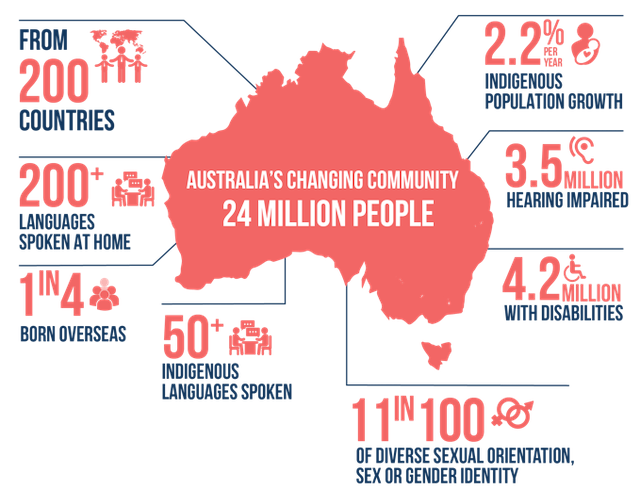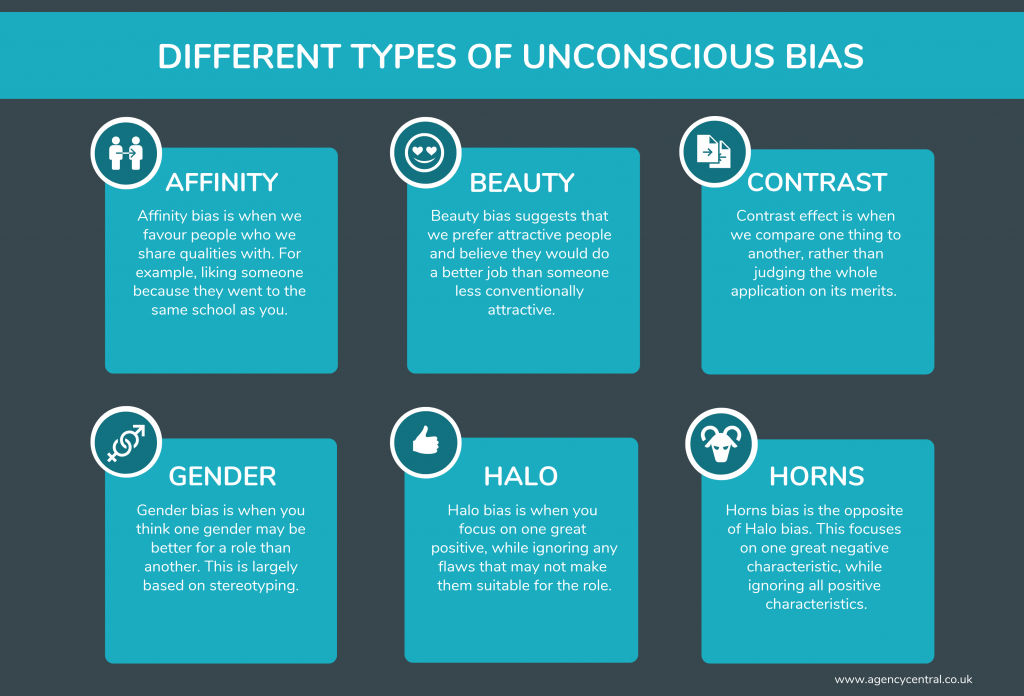Why Diversity, Inclusion and Equality are NOT interchangeable terms in the workplace.
It’s no secret that Australia’s rich cultural diversity is one of our greatest untapped strengths within the recruitment and human resource industries. With the differences between men and women with non-school qualifications almost disappearing over the last 15 years, more than 300 ancestries and languages spoken in our homes (including Auslan), the right to marry no longer determined by sex or gender, and the NDIS services now supporting people with disability within the workplace, it’s the perfect environment for employers to rise to the challenge.
While it is often quoted that a diverse workforce leads to better performance, engagement and business outcomes, it’s less often mentioned that these outcomes are heavily dependent on the climate and culture for diversity acceptance within the organisation. It is tempting to believe that just by setting quotas or targets you can garner universal approval that your organisation is adequately inclusive. The problem with this approach is that these types of strategies regularly interchange terms like ‘equality’, ‘inclusion’ and ‘diversity’ as if they all mean the same thing.
In this first of a three-part series, we examine the difference between the three terms, and how having a clear understanding of their interaction will improve your recruitment and human resource practices.
Let’s start with Equality.
A quick dictionary search would define it as “the state or quality of being equal; correspondence in quantity, degree, value, rank, or ability” but what it really means for your workplace is that all employees, candidates and even clients are genuinely offered the same opportunity to enter, exit, stay or move forward within your organisation. The Workplace Gender Equality Agency reports that men still take home $25,679 more a year than women. Older workers can take up to twice as long to find work compared with younger cohorts. So, the first priority of every organisation should be to remove the bias that leads to some people being selected for opportunities over others. This is no easy feat mind you, but there are several strategies to recognise and eliminate these often unconscious biases.
Next up is Inclusion.
In our opinion, Inclusion is what we should be striving for within our talent attraction, retention and people management strategies. An inclusive workplace is one that everyone feels welcome, and that their voice is heard and valued. Where there are means and processes that anyone, no matter their age, race, creed, gender, sexuality, physical faculties, or the way they mentally process information can contribute to the performance of the business. When 46% of job seekers see company culture as very important, and 15% have turned down a job offer because of company culture, we need to ensure that our strategies are addressing the way people are respected and included within our organisations to stay competitive.
The result will then be Diversity.
There are no ‘perfect’ scores for diversity across all industries, locations and occupations – there is no such thing as the ideal ratio of gender, ethnicity, age, culture, ability or sexual identity. Forming strategies that prioritise unrealistic targets will only lead to reverse discrimination, and resentment within your workforce and talent pools, not to mention place unreasonable pressure to perform on your recruiting teams. However, when candidates and employees see organisations actively seek out and value input from everyone, see them value the background and experience of everyone, and actively champion and reward the genuine achievements and contribution of everyone, this is when you will find the diversity of your candidate pools increasing, and the performance metrics of your business climbing.
So the math is simple.
Diversity, equality and inclusion are not all the same, they are not interchangeable terms, and they are not standalone initiatives. Rather it is the combination of equality and inclusion within a workplace that will result in a diverse workforce; where creativity, innovation and productivity will thrive within a welcoming and respectful workplace culture and environment.












